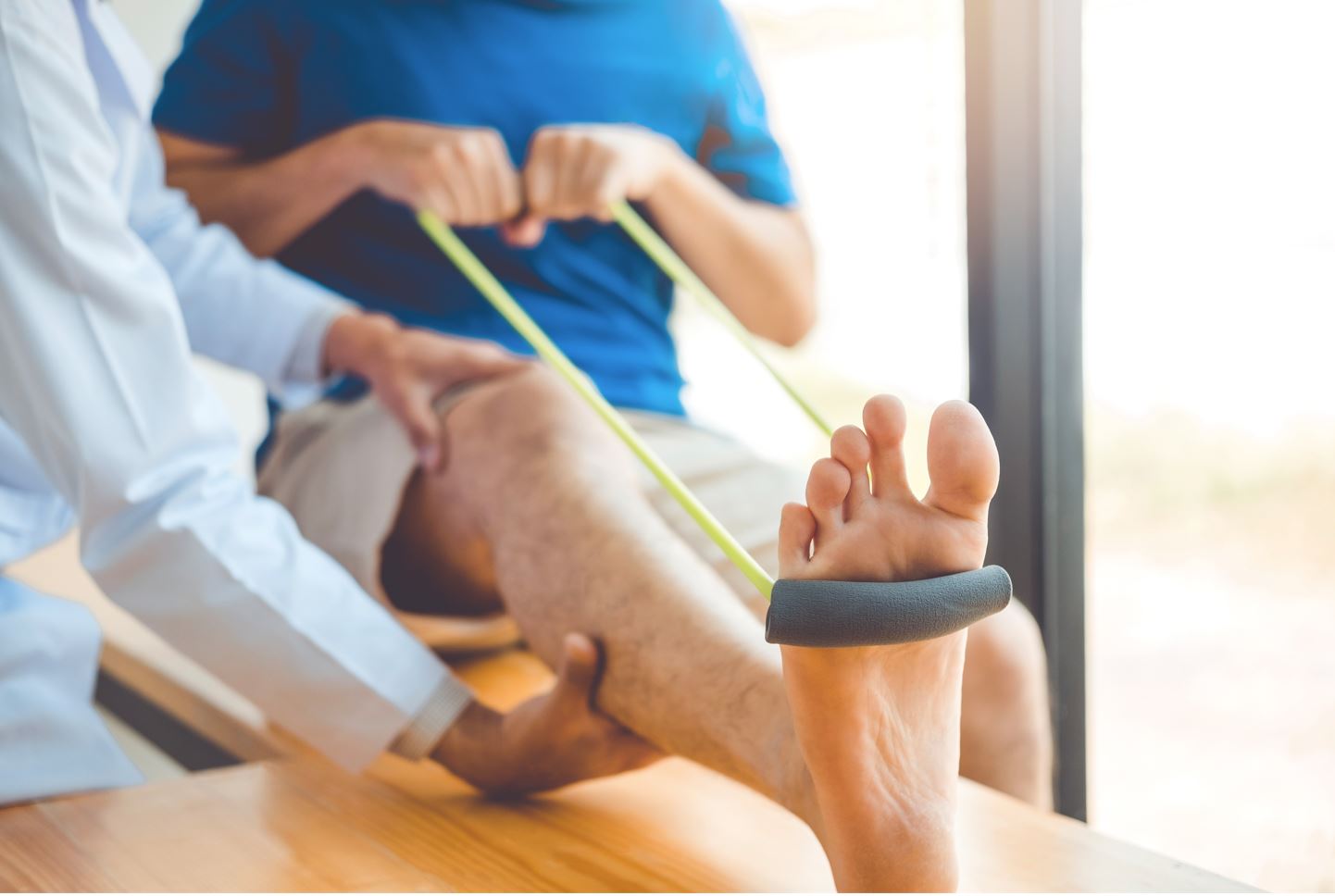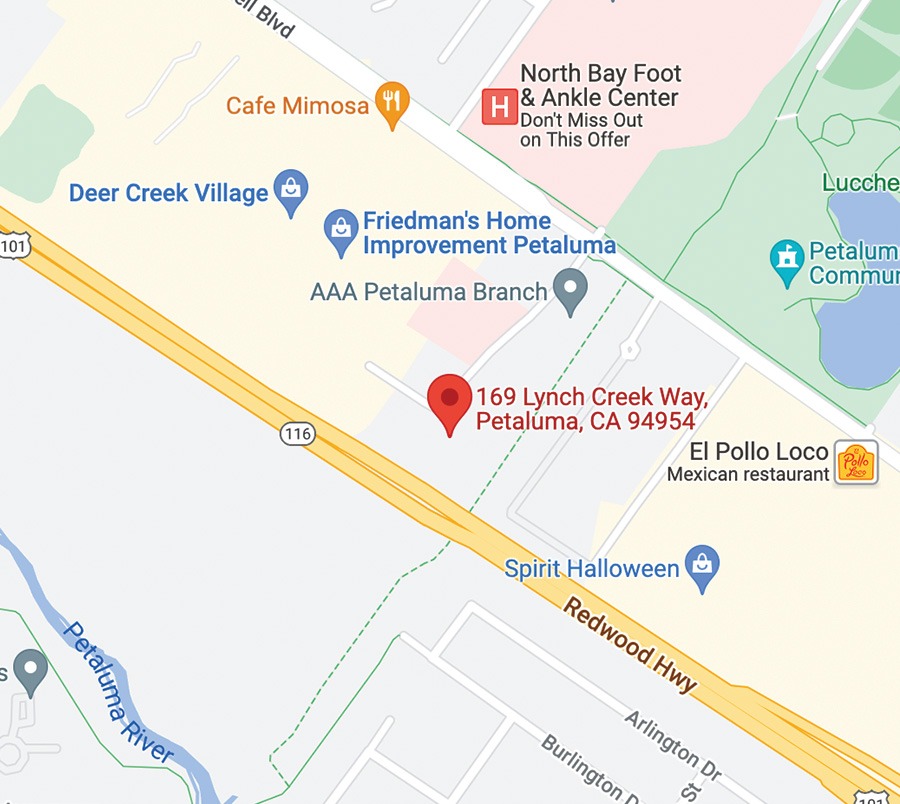
Anyone who has suffered with chronic knee pain, understands what it’s like to live with a reduction in freedoms afforded by such things as simply walking around the block, casual shopping, or just getting up and down stairs without pain. Eventually, many long-time knee pain sufferers discover total knee replacement and commit to a healthier pain-free lifestyle with surgery – a big decision, but one that can offer years without knee pain or limited mobility. Once the surgery is complete the next thing to consider is how to ensure the full success of the knee replacement and that happens when the patient commits to follow the directives of a comprehensive physical therapy program.
Recovering from total knee replacement surgery
After total knee replacement surgery, a specific exercise conditioning program is designed to help the patient recover at just the right pace for that patient. Patients are generally eager to return to daily activities and they look forward to enjoying a more active, healthy lifestyle. Some even a return to competitive sports and other recreational activities.
Patients are generally able to begin exercising the knee just hours after surgery. A physical therapist is made available to provide instruction and guidance on specifically planned exercises. These exercises are designed to strengthen the leg and restore knee movement to afford walking and other normal daily activities.
To restore movement in the knee and leg, some orthopaedic surgeons may prescribe knee support that slowly moves the knee while the patient reclines in bed. This device is called a continuous passive motion (CPM) exercise machine. Some surgeons believe that a CPM machine decreases leg swelling by elevating the leg and improving blood circulation through the movement of leg muscles.
In-patient rehab vs. rehab at home
Once out of the hospital, some total knee replacement patients move into a rehab facility. This is where a highly skilled team of nurses, physical therapists, and occupational therapists design a customized therapy program based on the individual’s condition and health. In addition to supporting physical therapy, the staff is also available to provide pain management and demonstrate self-care for the return home.
Studies have shown that patients who receive physical therapy at home do just as well as those who recover at an in-patient facility. For those who decide to rehab at home a commitment to special exercises is essential for a full recovery. The type of exercises depends on the patient’s age and overall health.
The length of time to be spent rehabbing the ‘new’ knee will vary. Most patients can expect to follow a guided exercise routine and work with a physical therapist for at least a few weeks following surgery. Most patients can resume taking care of themselves within 3 to 6 weeks. Some pain with activity and at night is common for several weeks after surgery.
After-surgery activity program will include:
- A graduated walking schedule to slowly increase mobility, initially inside and later outside
- Returning other normal household activities like sitting, standing, and climbing stairs
Resuming a normal life
Most patients are able to resume driving as soon as the knee is able to bend enough so that getting into and sitting comfortably in a car is not a problem, and when muscle control provides adequate reaction time for braking and acceleration. Most people resume driving approximately 4 to 6 weeks after surgery.
The vast majority of total knee replacement patients report greatly reduced pain and they are able to resume doing most things they had done prior to the knee becoming damaged. Currently, more than 90 percent of modern total knee replacements are still functioning 15 years following the surgery. Following the orthopaedic surgeon’s instructions after surgery and taking care to protect the knee replacement as well as general health are important ways patients can contribute to the final success of the surgery.
SRO Physical Therapy
Our experienced and highly skilled physical therapists have completed extensive post-graduate education in orthopaedics and sports rehabilitation, and they stay current on the most effective approaches to injury prevention and rehabilitation. They evaluate and treat a wide range of musculoskeletal dysfunctions, including acute injuries, degenerative conditions, and athletic and work related injuries. The therapists and physicians work closely together to ensure consistently superb rehabilitation of post-surgical patients. Learn more …



